First time self builders save £130k on dream oak-framed home by sharing plot
For first time self builders LB Mills and Craig Holden, sharing a plot with friends brought financial and practical benefits. Here's how they made it work and a look inside the finished home
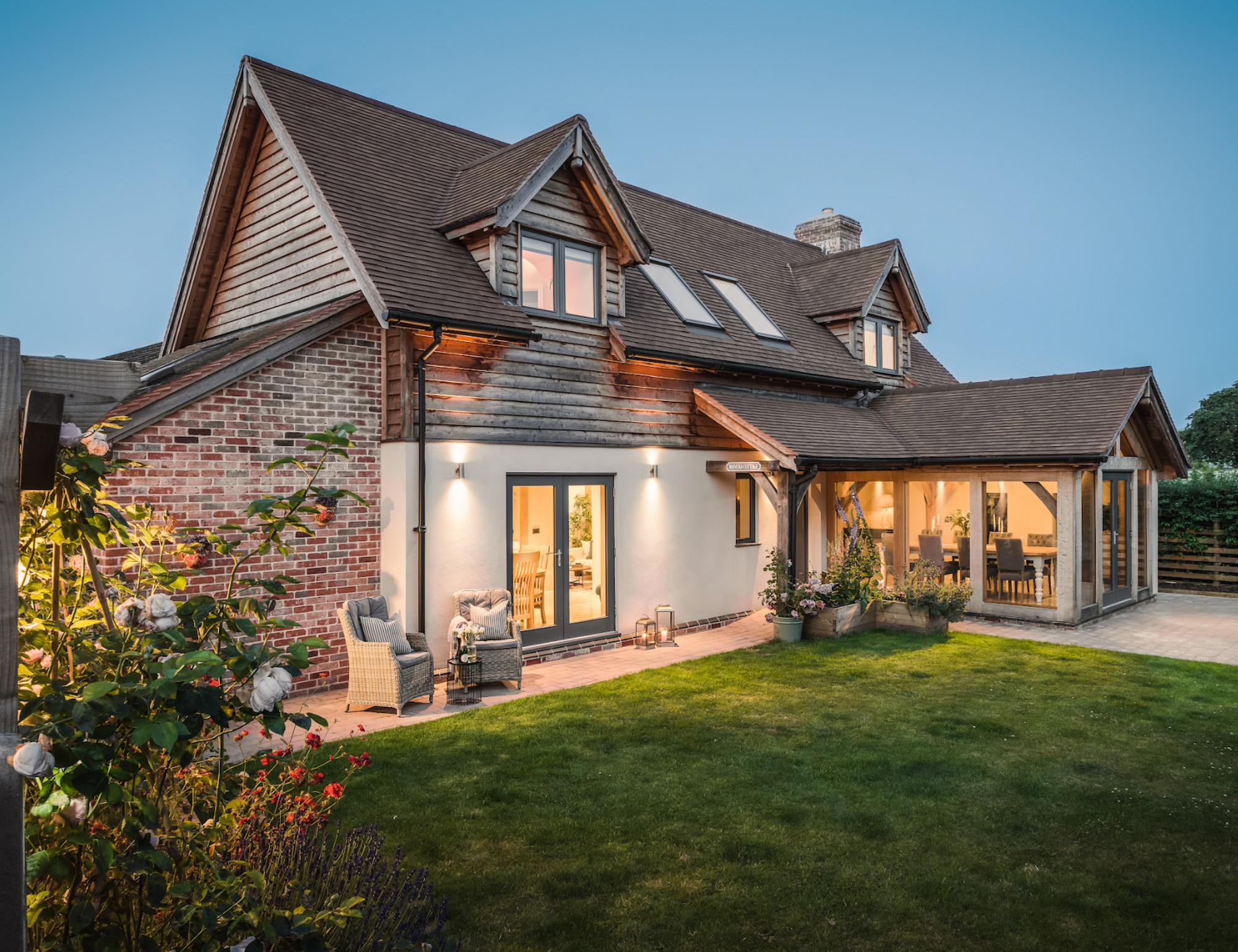
A problem shared really was a problem halved for LB Mills and her partner Craig Holden when they built an oak frame cottage on a plot split with another couple.
Working side-by-side on their builds, they were able to make economies of scale, pooling resources on labour and navigating the planning process together.
The decision to self build is an unusual one for first-time buyers. “Every home we’d looked at in our budget either needed renovating, or was a characterless newly built box,” explains LB. “I’d assumed that you only built your own house if you were wealthy with a huge budget. But Craig knew how to build an oak frame home from his experience working for Oakwrights, and he felt it would be achievable for us.”
Sharing a self-build plot put money back in the pot
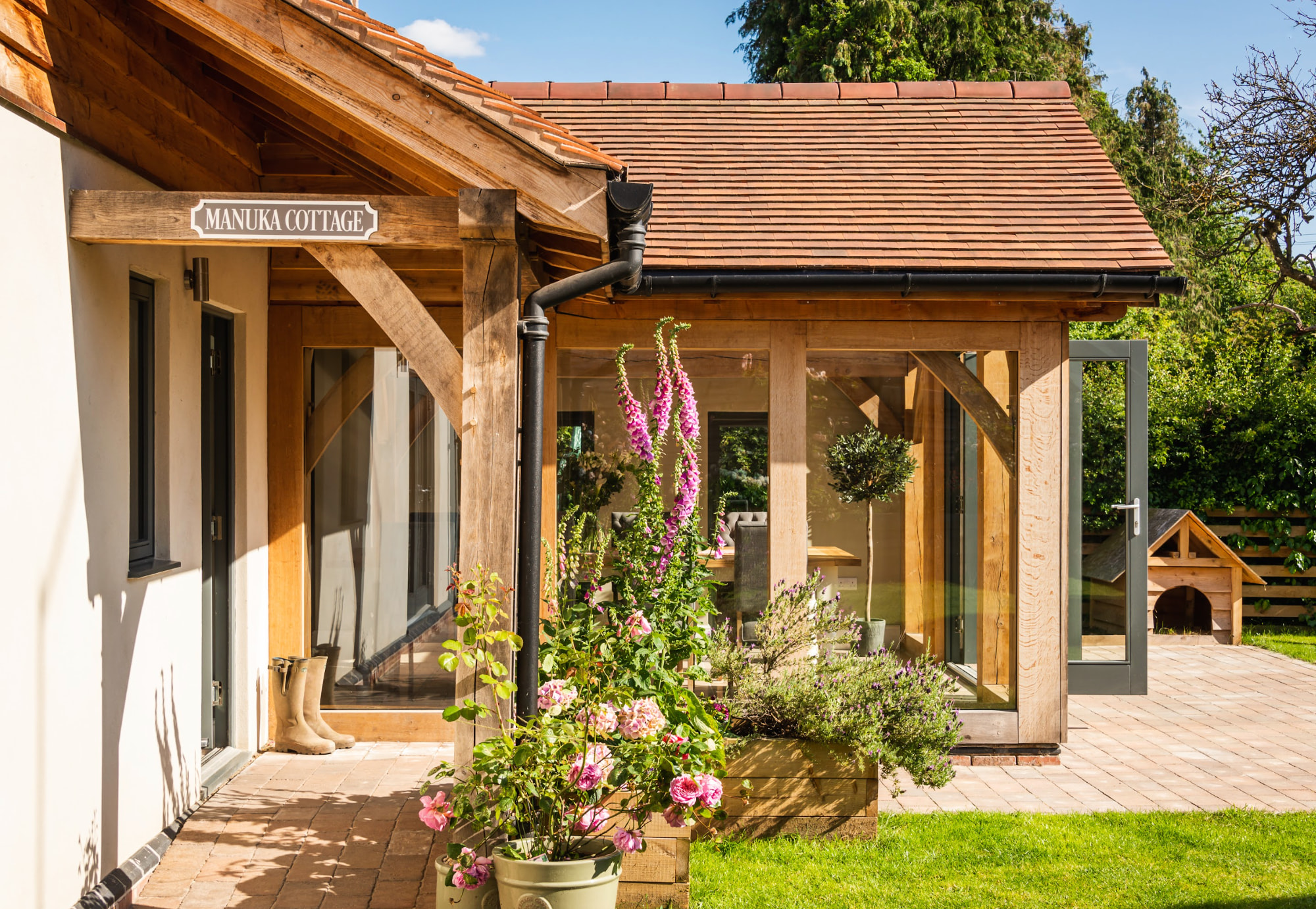
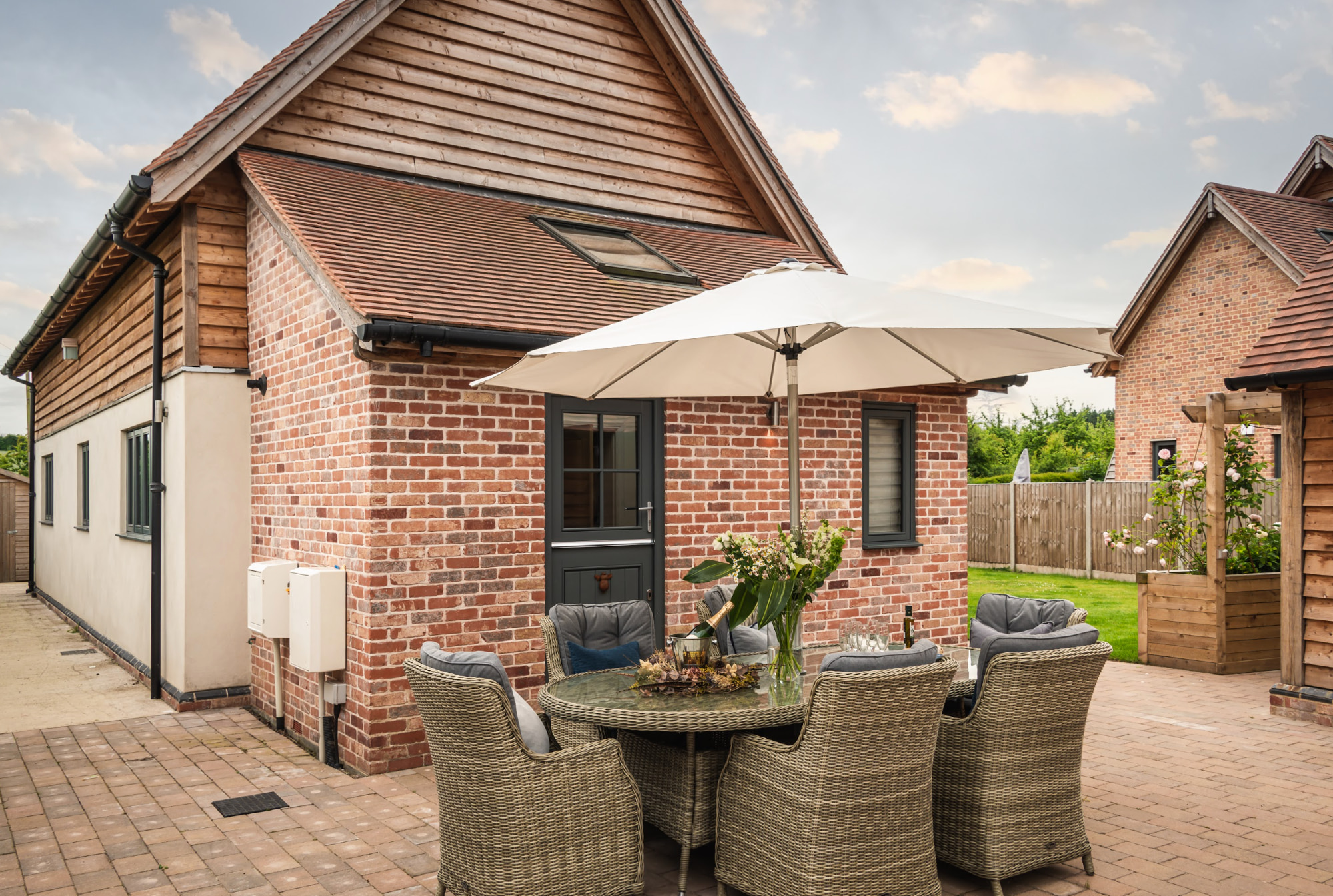
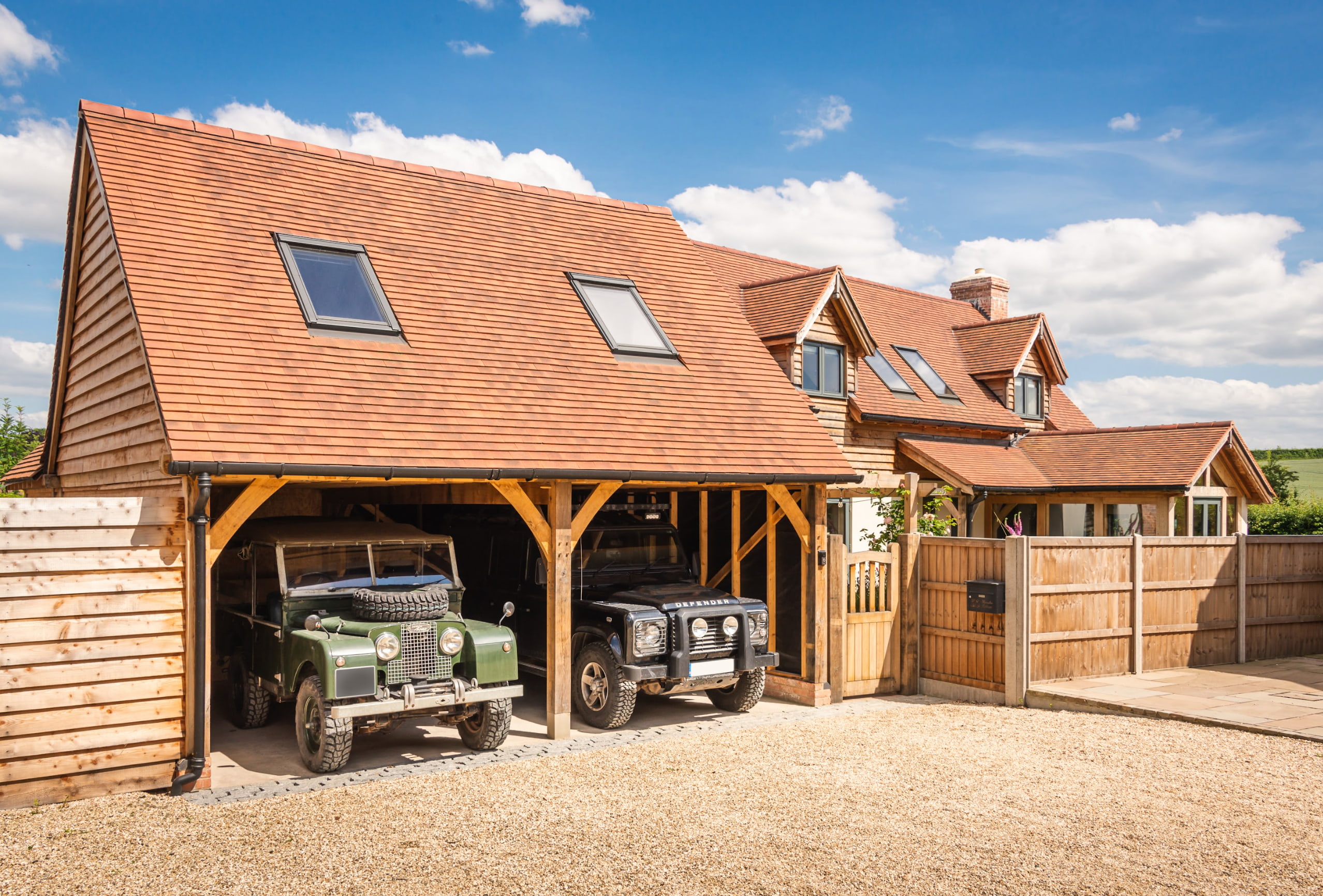
A series of lucky breaks set them on their way. A custom-build plot of land came up for sale near Craig’s Herefordshire workplace, with outline planning for two houses. Next came some number crunching with a self-build mortgage provider, and then, in an unexpected twist, the family stepped in. “My brother Charlie and his future wife Helen joined us on the self-build journey,” says LB, “so we shared the plot and took it on.”
Sharing the site made a big difference to the project’s feasibility. By putting around £130,000 back into the pot it allowed the couple to create an oak frame built on a budget, and there were practical benefits too. “When we first viewed the site it was so overgrown you could barely get onto it and I wondered how we’d ever fit two houses in,” recalls LB. “Having three families pitching in to clear it and demolish the derelict cottage meant progress was quick. Plus, we split the cost of any equipment we hired.”
Planning permission and restrictive covenants
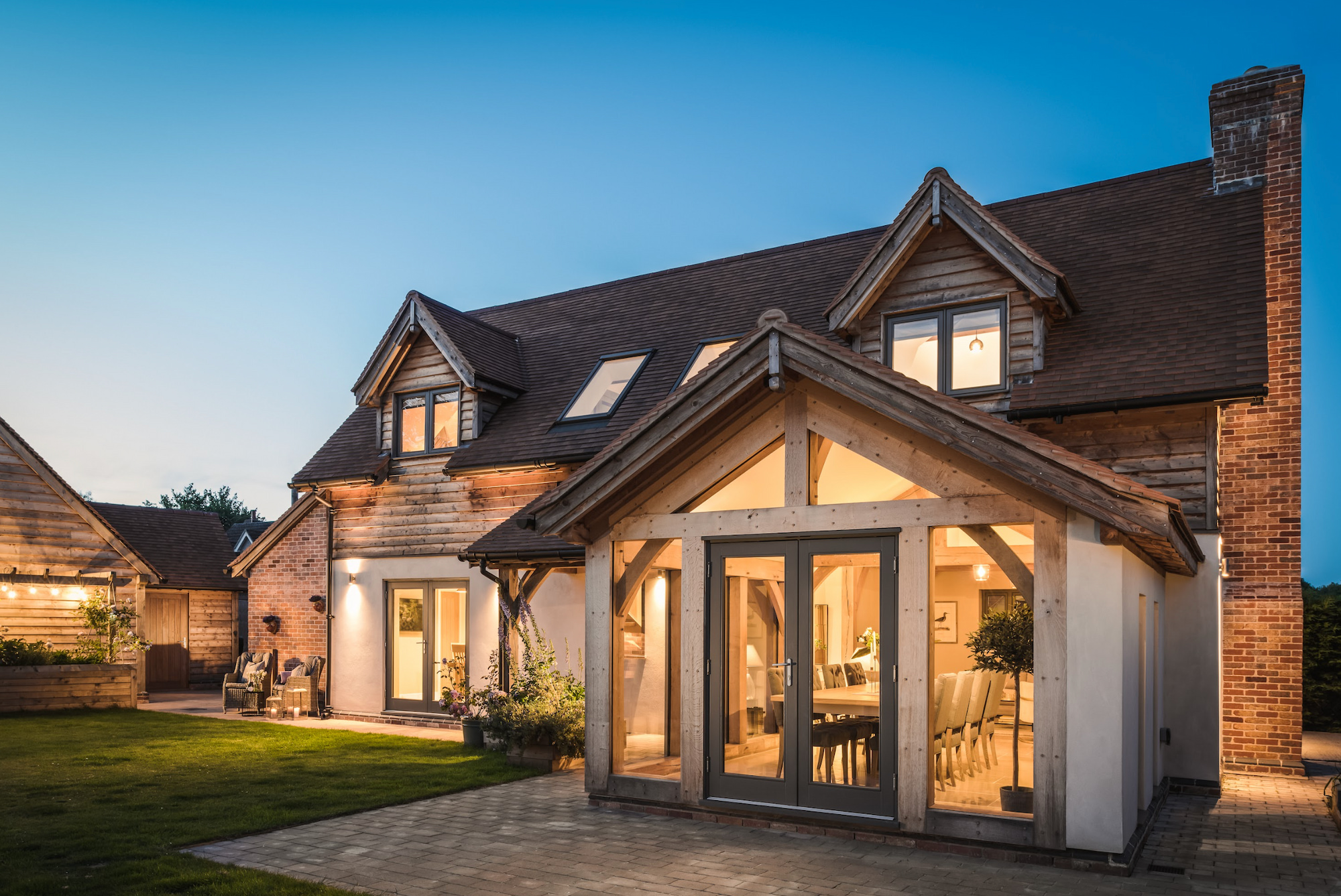
The two couples jointly tackled a restrictive planning condition due to a disused landfill site in the vicinity. They had to do a technical gas and soil investigation and seal the foundations with a methane membrane to meet building regulations. “Discharging that condition added another five months to the planning process, and was frustrating as it had to be done before we could start the build,” says Craig.
When the site was eventually signed off and cleared, the two couples divided it up and got on with their own builds.
Finalising oak frame designs and making a last-minute change of plan
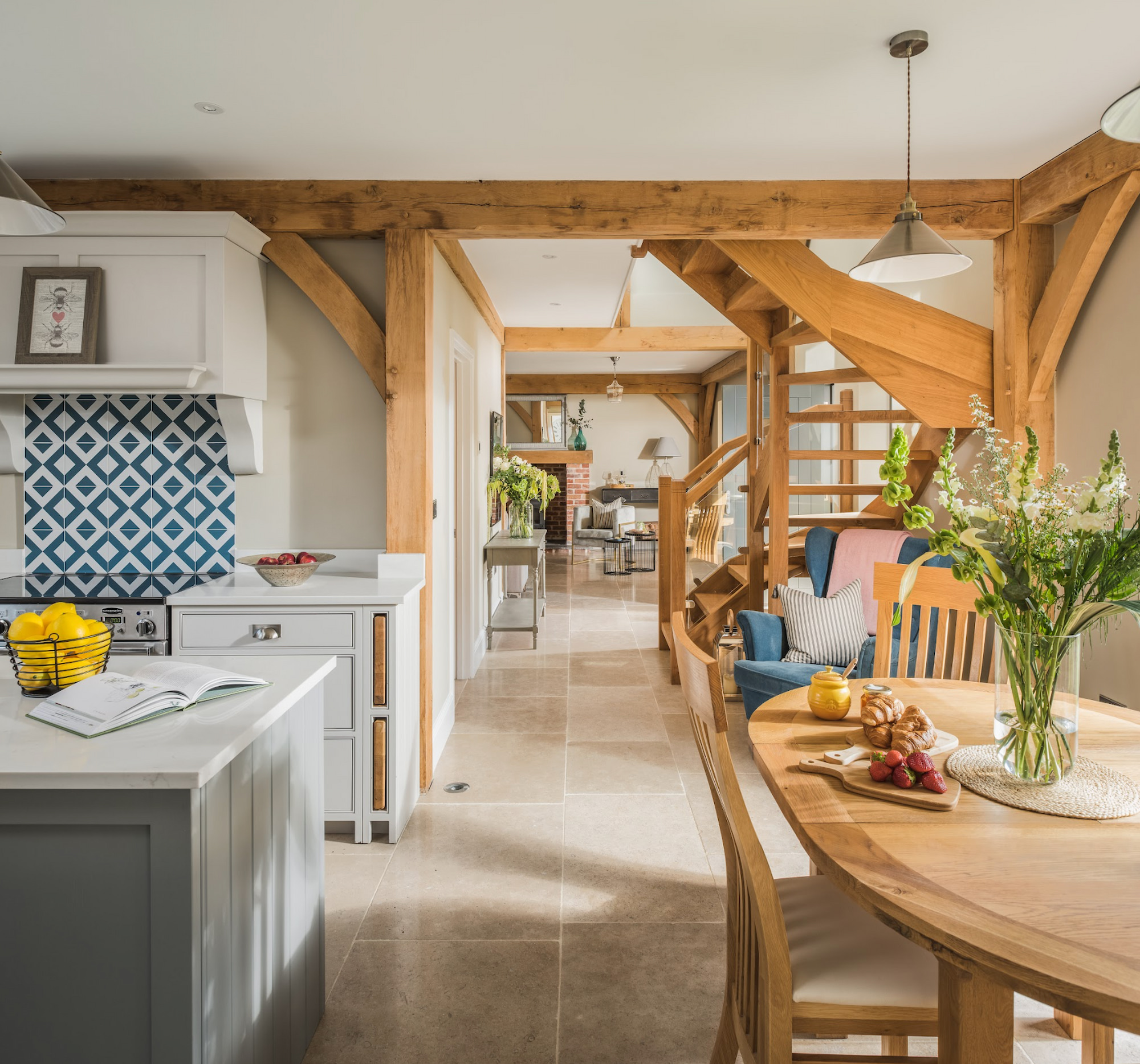
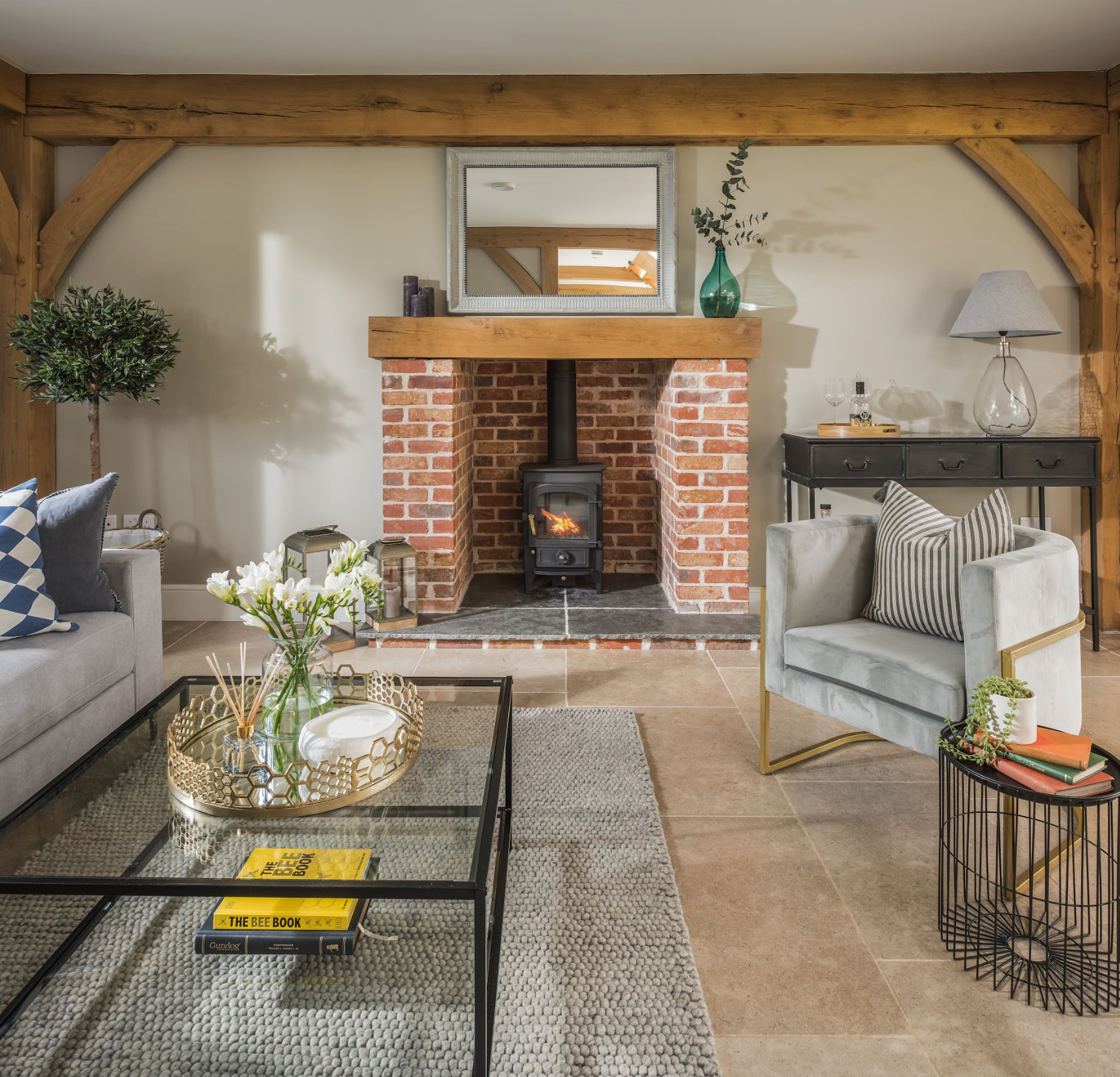
The original plans for LB and Craig's house were based on Oakwrights’ Manuka Cottage, from the company’s cottage range. After considering a number of oak frame ideas they settled on the Manuka design because it was a post and beam structure rather than an aisle frame. "The frame is to the external walls, rather than being prominent in the centre of the building,” explains Julian Pilkington, senior frame designer at Oakwrights. This suited the style and size of the house better, as the couple felt that a central aisle frame would have taken up more space than they were prepared to lose.
The pair also decided to make an impromptu last minute change to the plans. “We already had the oak frame up when we realised we’d be wasting space with a stairwell and could add a study instead,” explains Craig. "We’re pleased we made this change to the layout, as the downstairs study now doubles as a fourth bedroom.”
Keen to maximise the space in their oak frame interiors the couple also changed the positions of some of the walls upstairs, reducing one bedroom in order to accommodate a feature bath.
The oak frame goes up
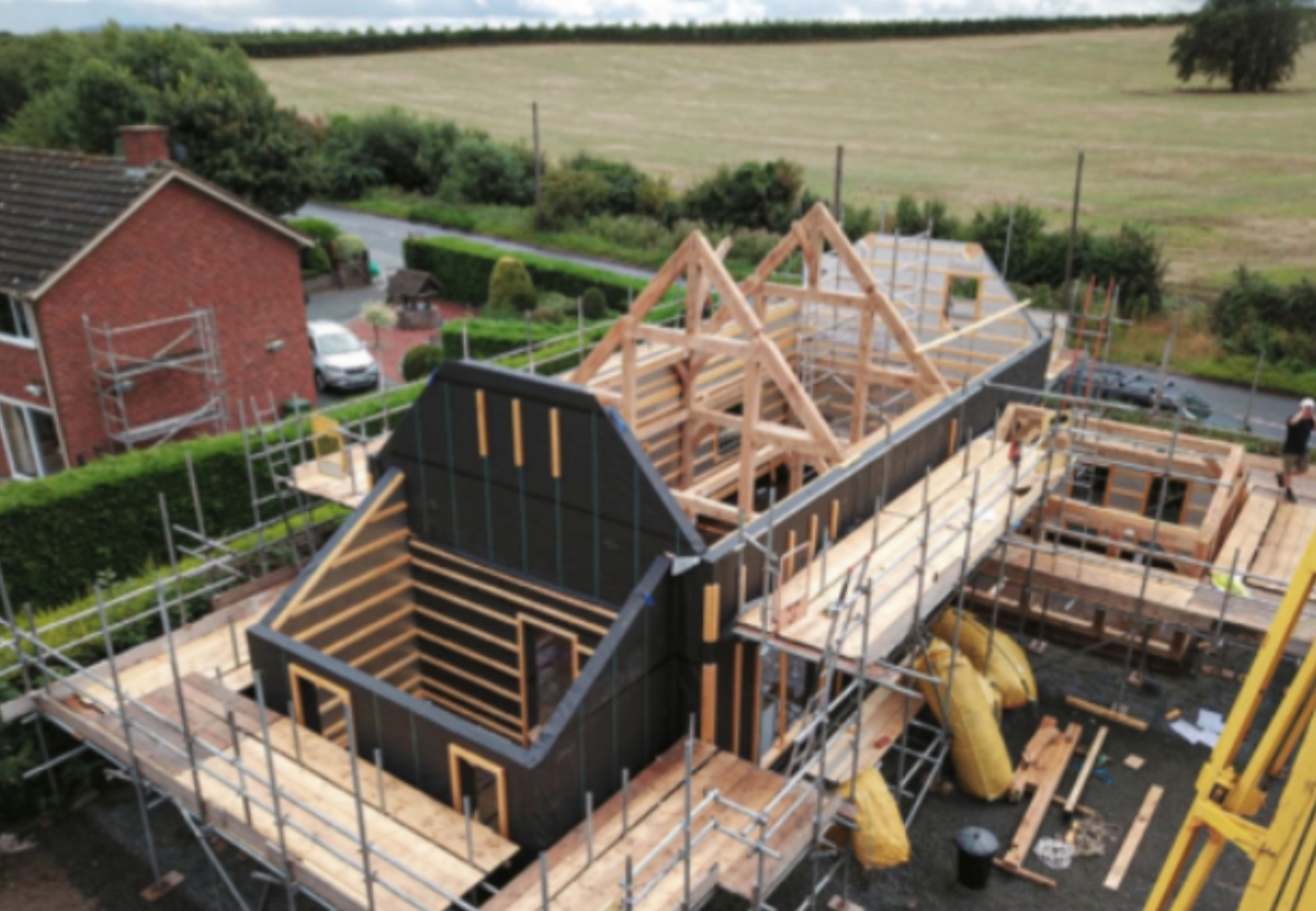
The day the oak frame arrived was memorable for LB. “Going through planning and clearing the site felt like just ticking boxes,” she says. “But when the oak frame went up, I felt a sense of disbelief. I understood at that moment why people get addicted to self builds. We’d worked so hard up to that point with nothing to show for it but with the frame up and the encapsulation in, it went from zero to looking like a full house within a matter of days. It was incredible.”
Craig has more painful memories of that day. “Within five minutes of the frame arriving, I jumped off the back of a trailer onto a tarpaulin, not realising there was a brick underneath, and broke my ankle,” he says. A true DIY self-builder, he continued on site until 8pm before heading to A&E. Craig had planned to tile the roof himself but using a local roofer freed him up to get going with the first-fix carpentry, hobbling round the site in a support boot.
An eco-friendly oak frame home
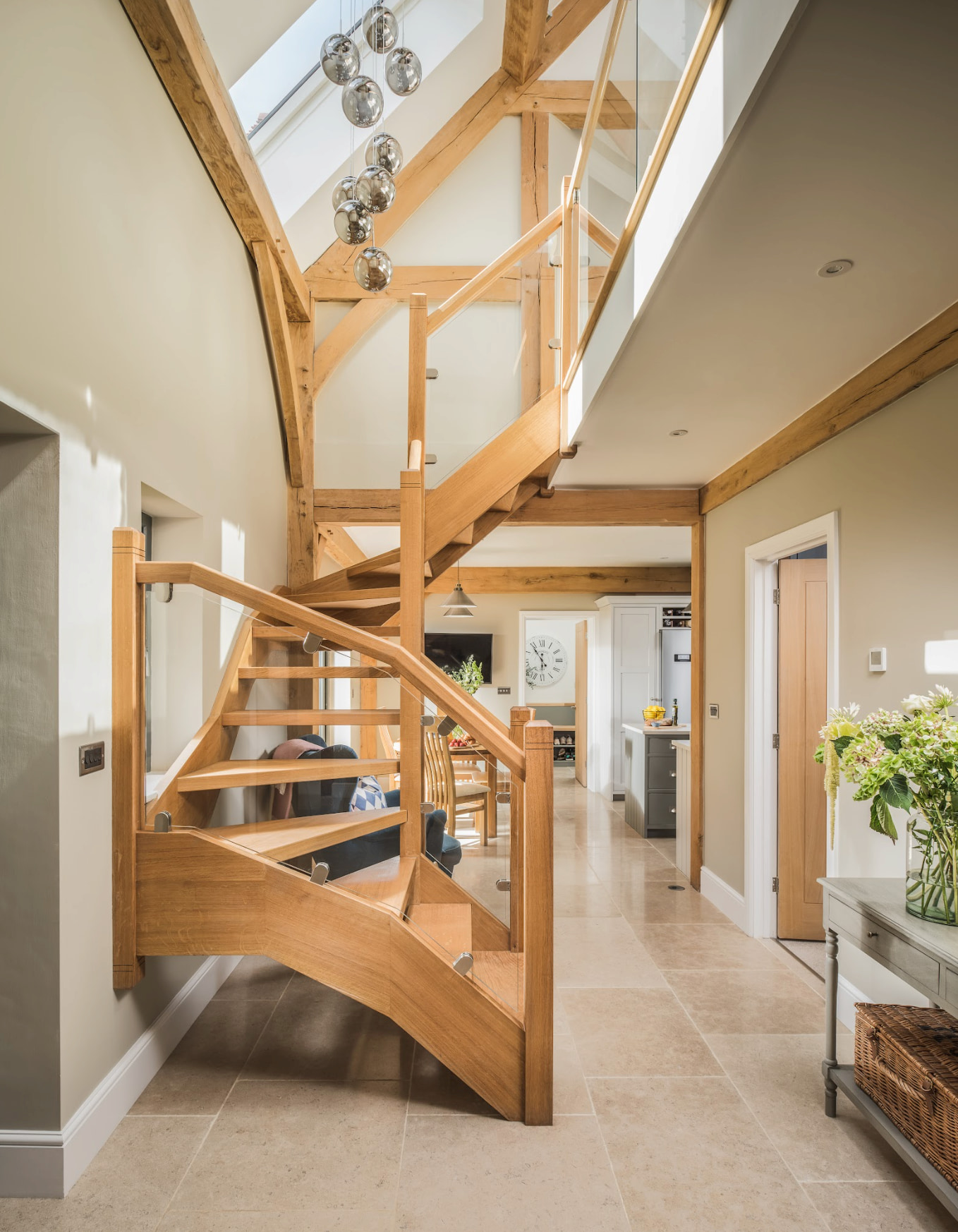
Though it isn't technically an oak frame passivhaus, the couple's finished home is an eco house. "Even though we run natural gas for the boiler, we achieved an air tightness of 1.95phrs," says Craig. "This was well below building control at the time, which required 5phrs to be achieved.”
The stats speak for themselves, but this cosy and beautifully constructed home is about so much more than fact, figures and careful measurements. “I still have to pinch myself about living here,” says LB. “It’s amazing to think how far we’ve come from when we first got onto the site. It just feels so homely, and it’s nice to share it when friends come over. I think we both feel very lucky to be here.”
Get the Homebuilding & Renovating Newsletter
Bring your dream home to life with expert advice, how to guides and design inspiration. Sign up for our newsletter and get two free tickets to a Homebuilding & Renovating Show near you.
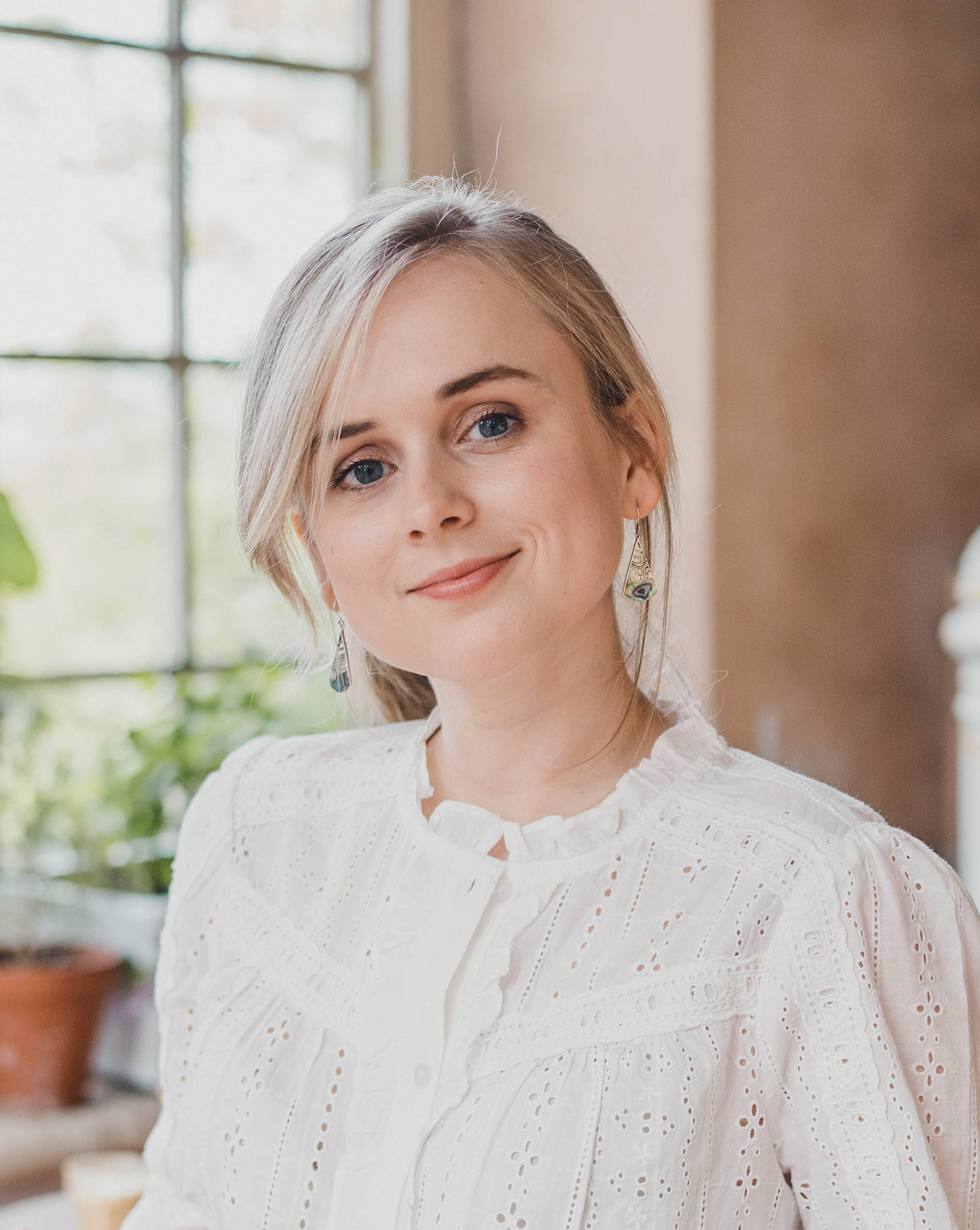
Gabriella is an interiors journalist and has a wealth of experience creating interiors and renovation content. She was Homebuilding & Renovating's former Assistant Editor as well as the former Head of Solved at sister brand Homes & Gardens, where she wrote and edited content addressing key renovation, DIY and interior questions.
She’s spent the past decade crafting copy for interiors publications, award-winning architects, and leading UK homeware brands. She also served as the Content Manager for the ethical homeware brand Nkuku.
Gabriella is a DIY enthusiast and a lover of all things interior design. She has a particular passion for historic buildings and listed properties, and she is currently in the process of renovating a Grade II-listed Victorian coach house in the West Country.
